Sowing the seeds of the Peasants Revolt
We get much of our information regarding the beginnings of the revolt from local level in the form of court cases brought against villagers who took part in the early stage, people from the villages like Fobbing, Billericay, Gold Hanger and Bocking. Evidence of the events that took place in Brentwood on the last days in May are also found in written accounts and this is backed up by the Anonimalle Chronicle written at the time by a Benedictine monk from St Mary’s Abbey in York, and a later inquisition headed by the Chief Justice of the King Bench and West County lawyer, Sir Robert Tresillian.
references to him are as John.
Bampton held lands in Essex, in 1362 Edward III granted him Ongar Park for an annual payment of ten marks and in 1372 he held Margaret Roding, one of six villages that make up what is known as The Rodings. He also held Canewdon, a village just north of Rochford. Also in 1372, Bampton was made sheriff of Essex, but it was as Justice of the Peace that he achieves his historical 'claim to fame'
History tells us that Bampton was in the Essex village of Brentwood in the May of 1381 to inquire into unpaid taxes, and he had summoned the inhabitants of surrounding villages to come to Brentwood and explain their non payments.The meeting soon got out of hand and men from three of the communities refused to cooperate, violently forcing Bampton and his men at arms out of the village.
It was this one incident that was the catalyst for the Peasants Revolt, the troubles soon escalated and was followed by the rebelling peasants entering London on June 13th.
As we know, records of any historical event have to be read with caution and this applies to the events of the 30/31 of May 1381. It has been suggested that Bampton didn't play a major part in this story at all but only appeared because his property was one of the first to be attacked at beginning of the revolt. It has also been suggested that he was brought in later to replace another judge. But what is more likely is that he was not the lone justice triggering the revolt with his demands for money but one member of an investigating commission of four justices, a sheriff, a clerk and a sergeant at arms.
This suggestion is backed by Tresillian's commission statement that states
“John Goldsborough, John Bampton and other justices of the peace with bows and arrows pursuing them them to kill
them headed back to London."
The second link in that chain was a shortage of people to work the land, and it was this that gave the peasant population the ’upper hand’ causing them to demand higher wages. To counter these demands taxes were implemented, three poll taxes were introduced over a four year period that saw everyone over the age of fifteen paying one shilling each, this tax was crippling, it was the seeds of civil unrest.
Of John Bampton after his return to London I cannot find any reference, but the important question is what of the peasants,did they go back to tilling the soil, did they return to their fields like nothing had happened? Initially yes, but what these men eventually achieved was the breaking down of the century old feudal system which had kept them at the very bottom of life's ladder. Attitudes were changing, this meant that the poor man would no longer be beholden to a lord and master, he would be a free man.
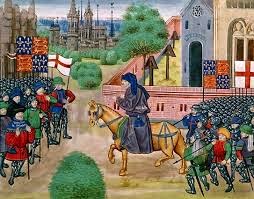
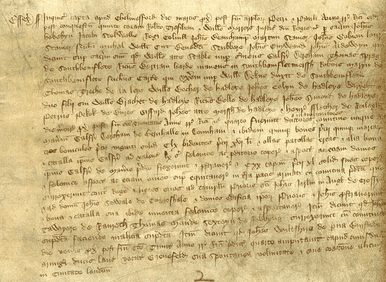
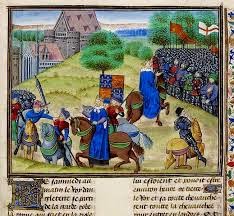
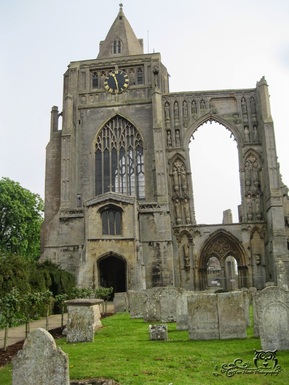
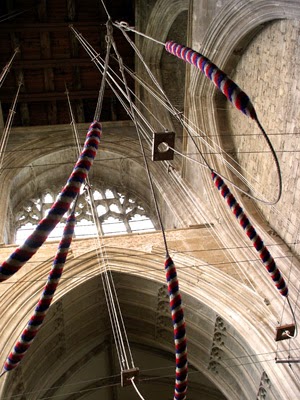

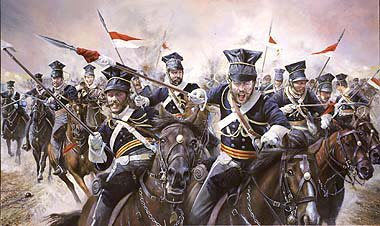
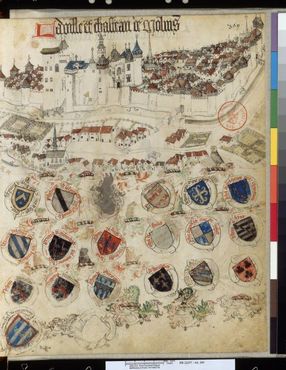
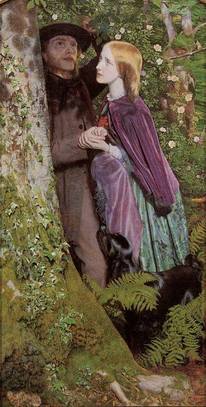
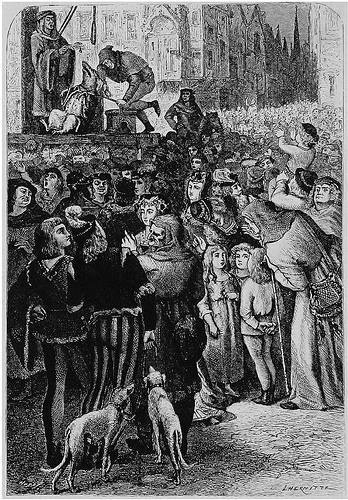
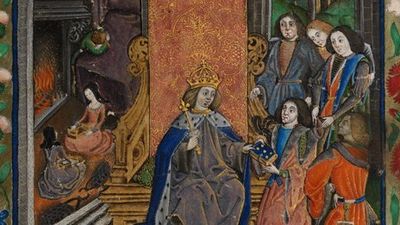
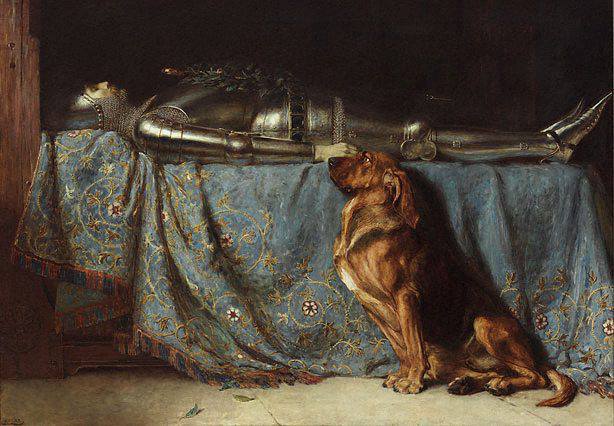
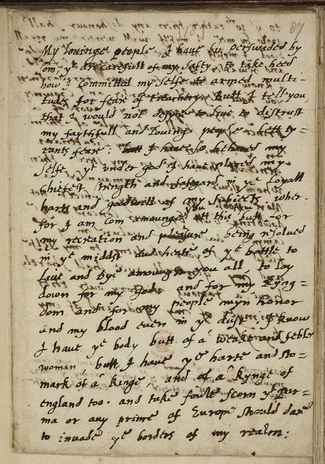

 RSS Feed
RSS Feed
